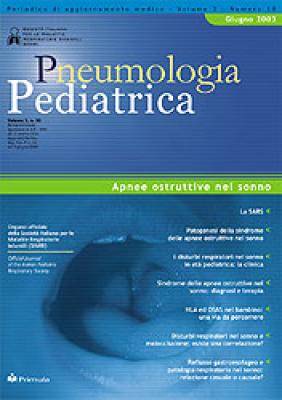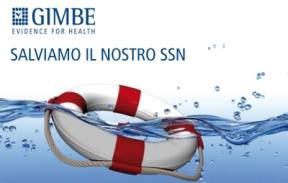Archivio > Vai alle uscite del 2003 > Vai aVolume 3, Numero 10 - Giugno 2003
- Apnee ostruttive nel sonno
Reflusso gastroesofageo e patologia respiratoria nel sonno: relazione casuale o causale?Gastroesophageal reflux and sleep disorder breathing: casual or causal relationship?

Riassunto. Il GER può causare alcuni sintomi simili all’OSAS, come arousal e apnee, o la può aggravare determinando edema ed infiammazione delle vie aeree. Allo stesso tempo nell’adulto è dimostrato che l’apnea ostruttiva può provocare il reflusso attraverso il ripido aumento della pressione intraddominale con il concomitante rialzo della pressione negativa intratoracica e della pressione esofagea; tale gradiente pressorio crea un effetto di aspirazione del contenuto gastrico verso l’esofago. Inoltre gli arousals e la ridotta efficienza del sonno associati con l’OSAS potrebbero provocare rilassamento del LES promuovendo parimenti il reflusso attraverso un effetto autonomico. Volendo evidenziare una possibile associazione causale tra le due patologie sono stati studiati i casi di due bambini con storia clinica di disturbi respiratori nel sonno e sospetto reflusso gastroesofageo attraverso contemporaneo monitoraggio polisonnografico notturno e pHmetrico delle 24 h.
Summary. GER can cause symptoms similar to those caused by Obstructive Sleep Apnea Syndrome (OSAS), such as suffocation and arousals, or it can even worsen OSAS by causing swelling and inflammation of the upper airways. Moreover, it has also been shown in the adult that the obstructive apnoea may provoke reflux because of the steep increase of abdominal pressure (produced from respiratory effort against an obstructed airway) with the concomitant rise of the negative intrathoracic and esophageal pressure; such a pressure gradient thus causes aspiration of the gastric content toward esophagus. Arousals and decreased sleep efficiency associated with OSAS could also provoke relaxation of the lower esophageal sphincter (LES) similarly promoting reflux. With the aim of evaluating a possible causal association between these two pathologies, we studied the cases of two children with clinical history of sleep-disordered breathing and gastroesophageal reflux by simultaneous polysomnographic recording and 24 hours ph-monitoring.






